The Caribbean you're looking for.
St. Vincent and the Grenadines took the number one spot in 2021’s “Top 25
Islands in the Caribbean, Bermuda, and the Bahamas” survey, part of the World’s
Best Travel Awards program by Travel + Leisure magazine.
The archipelago of 32 islands outranked places such as Bermuda, Turks and Caicos,
Aruba, Barbados, and the British Virgin Islands, to name a few. “St. Vincent and the
Grenadines has a unique old-school Caribbean vibe, very low-key,” said one reader.
“Lots to do as far as hiking, sailing, snorkeling/diving, and day trips to other
islands.”
The quiet island of St. Vincent is truly a hidden gem of the Caribbean. While other destinations in the region are trampled with throngs of tourists, St. Vincent is a paradise of undisturbed beauty. This quiet oasis boasts an air of relaxation that medical students find therapeutic as they work hard to focus on their studies and manage their stress levels.
While there are plenty of opportunities for ecotourism to keep visitors entertained, Vincentians are more engaged in fishing and farming than in the tourist trade. The lush, mountainous terrain is marked by rivers, rapids, and postcard-worthy waterfalls skirted by black sand beaches.
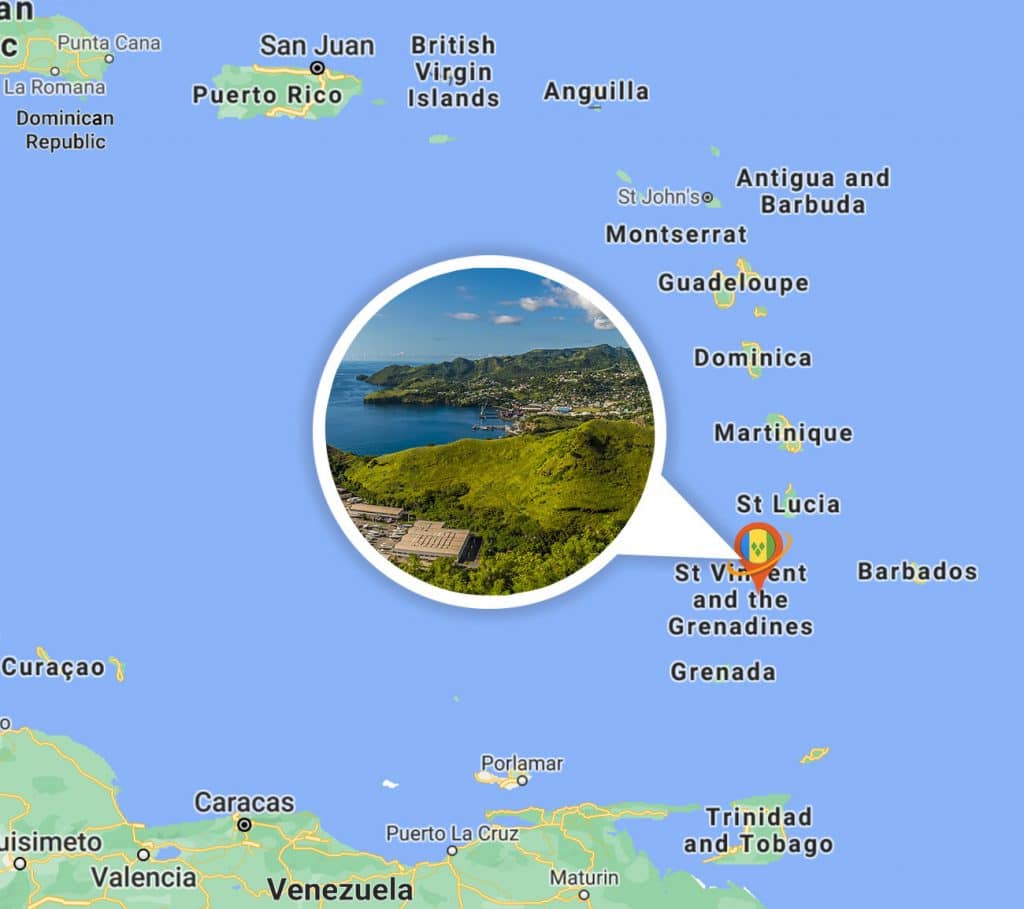
St. Vincent and the Grenadines is situated in the Eastern Caribbean at the southern end of the Windward Islands chain. It is an archipelago of 32 islands, St. Vincent being the largest, with the smaller islands collectively known as “the Grenadines.” Neighboring islands include St. Lucia 21 miles to the north, Grenada 28 miles to the south, and Barbados 100 miles to the east.
The entire country of islands covers approximately 150 square miles and has a total population of a 110,000. The capital, Kingstown, has a population of 25,000. With its proximity to the equator, the climate is tropical and fairly consistent with a year-round average temperature of 27° C (80° F) and annual rainfall of 2100 mm (80 inches). The official language is English and the currency used is the Eastern Caribbean Dollar (EC$).
St. Vincent was first inhabited by the Carib Indians, the island’s indigenous people who resisted European colonization until the late 1700s, making it one of the last countries to be settled in the Caribbean. Christopher Columbus was the first European to reach the island and he named it after St. Vincent of Saragossa, whose feast day it was on the day Columbus first saw it (January 22, 1498). In the following centuries, the island country was alternately claimed by Britain and France with St. Vincent ultimately becoming a British colony by the Treaty of Paris in 1763.
In 1773, the island was divided between the Caribs and the British, but conflicts between the groups persisted. In 1776, the Caribs revolted and were subdued. Thereafter the British deported most of them to islands in the Gulf of Honduras. Sugarcane cultivation brought African slaves and, later, Portuguese and East Indian laborers.
The islands belonged to the West Indies Federation from 1958 until its dissolution in 1962. St. Vincent then won home rule in 1969 as part of the West Indies Associated States and achieved full independence in 1979, when the country became known officially as St. Vincent and the Grenadines.

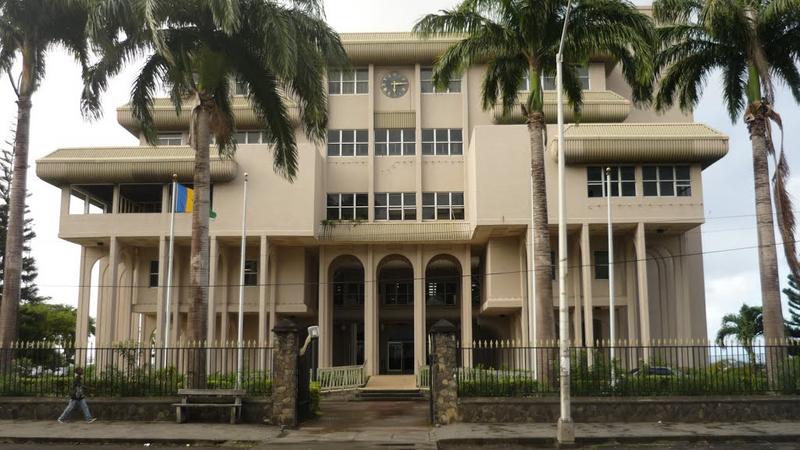
The country gained independence from Britain on October 27, 1979, instituted a Parliamentary Democracy on the Westminister model, and has since remained a part of the Commonwealth. King Charles III is the Head of State and is represented by the Governor General, Dame Susan Dougan. The Prime Minister is Dr. Ralph Gonsalves, whose party, the Unity Labour Party, was elected to office in March 2001. The legal system is based on English Common Law.
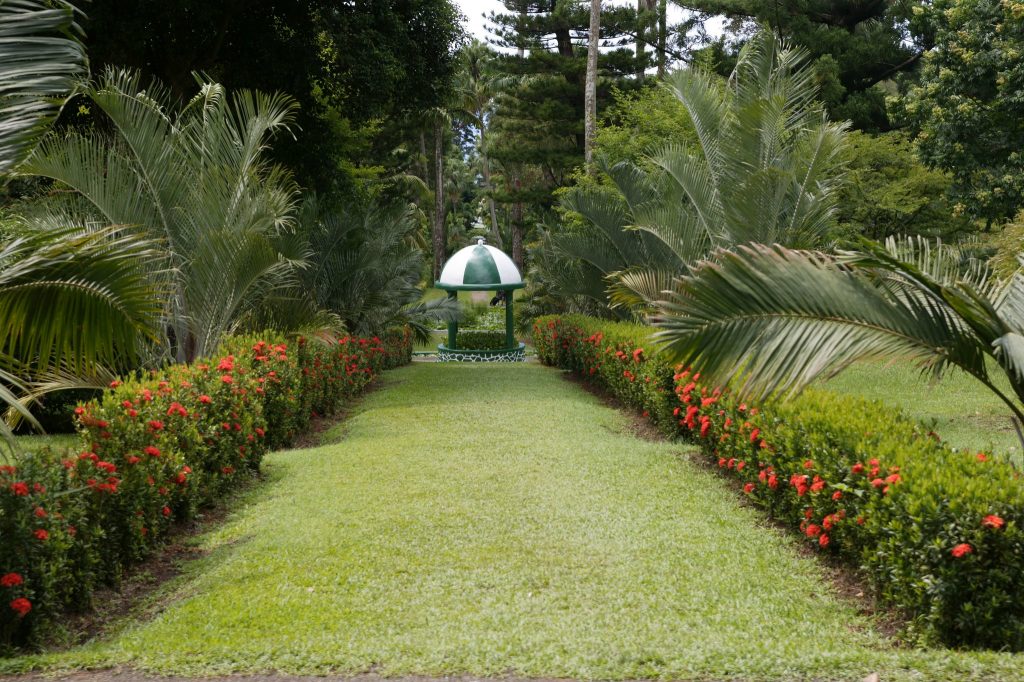
The Leeward (west) coast of St. Vincent leads to many interesting sights. A visit to the Botanical Gardens, the oldest in the Western Hemisphere, is a favorite stop for both visitors and locals. Here, rare and exotic flowers, plants, and trees abound.
The garden was founded in 1762 as a commercial breeding ground for plants brought from other parts of the world. St. Vincent was Captain Bligh’s original destination when the mutiny on HMS Bounty delayed his first scheduled arrival. He eventually completed a second voyage and a descendant of one of his original breadfruit trees thrives in today’s garden. There is also an aviary for a close-up view of the majestically colored national bird, the St. Vincent parrot (Amazona Guildingii).
Guides are available and will happily escort you on a short, half-hour tour of the grounds for $2 (USD) a person. Longer tours are available for $3 (USD) a person.
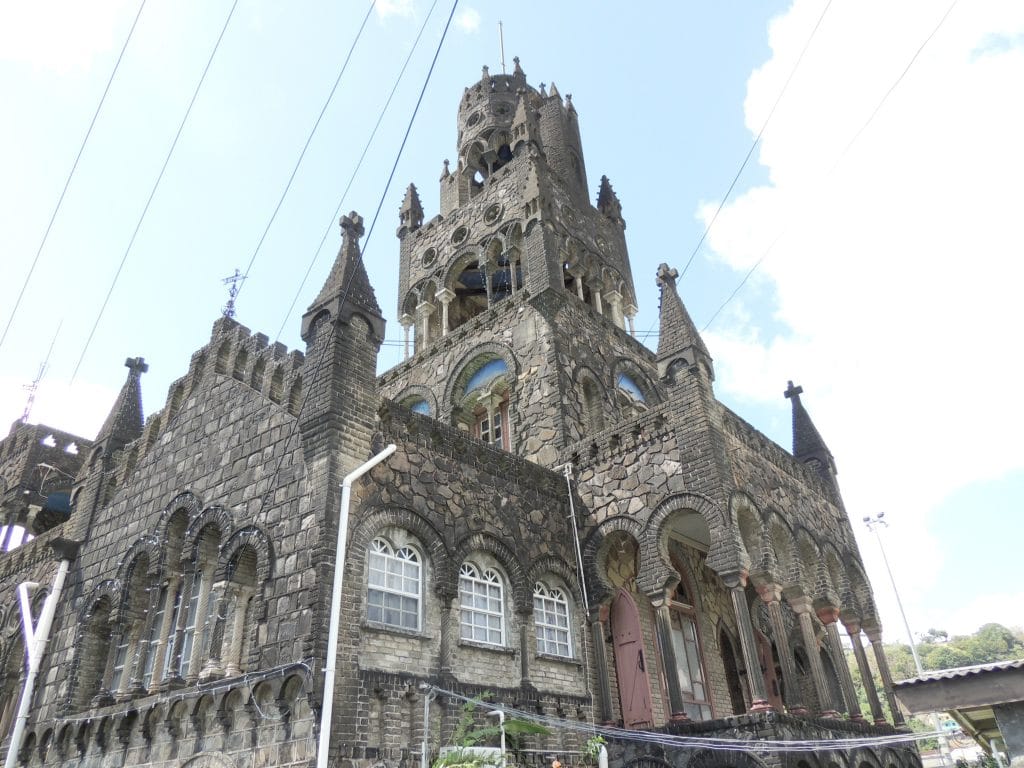
This beautiful cathedral is known by several names, including the Assumption Cathedral, the Catholic Cathedral of Kingstown, the Cathedral of Our Lady of the Assumption or simply as St. Mary’s Cathedral. The church was first built on this site in 1823, but the great storm of 1875, the Indianola hurricane, damaged the structure and destroyed the adjacent cemetery. Several bouts of repairs took place in the decades following and the current structure was rebuilt most recently in 1930 by a Flemish monk.
The Cathedral displays an amazing mixture of architectural styles, including Moorish, Romanesque, and Georgian, all fashioned out of dark volcanic-sand bricks. The church is part of the Roman Catholic Diocese of Kingstown and Mass is held daily.
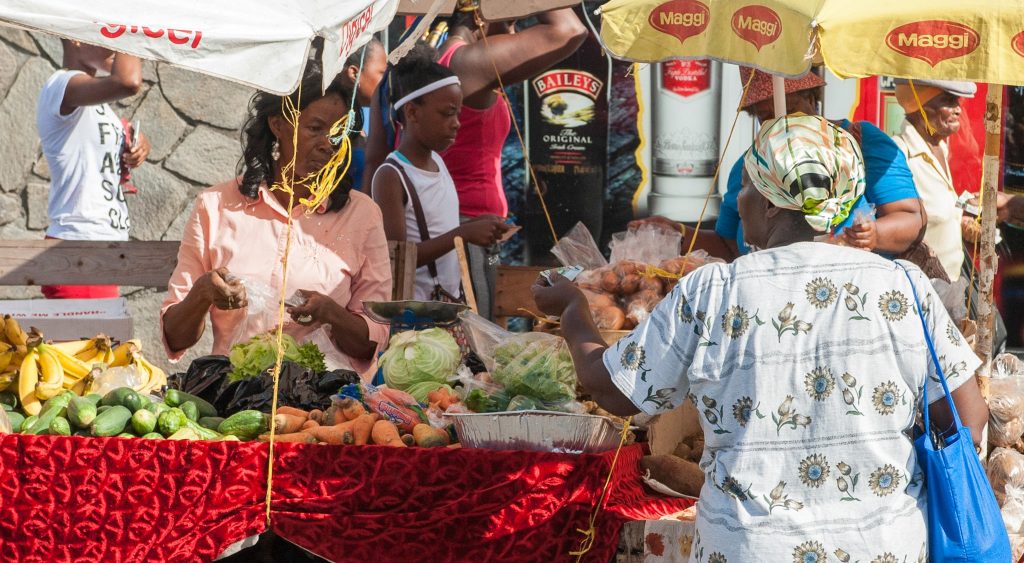
You won’t want to miss this seeing this bustling, vibrant market carrying a superb selection of fresh vegetables, fruits, meats, and fish. The market is particularly well-stocked on Fridays and Saturdays. Tourists and locals alike flock to the Kingstown Market not only for fresh produce and fish, but also for specialty spices, locally-made arts and crafts, and street food.
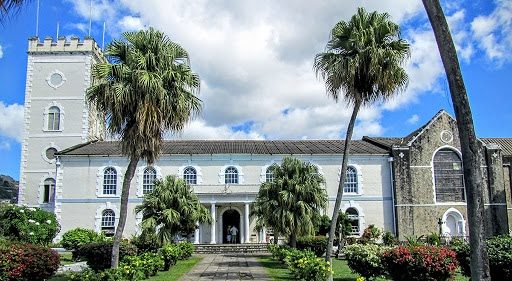
Built in the early 1800s in the Georgian architectural style, St. George’s Cathedral features ornate adornments and spectacular stained-glass windows, one of which was originally commissioned by Queen Victoria to hang in London’s St. Paul’s Cathedral. Eventually the window found its way to Kingstown as a gift to the bishop.
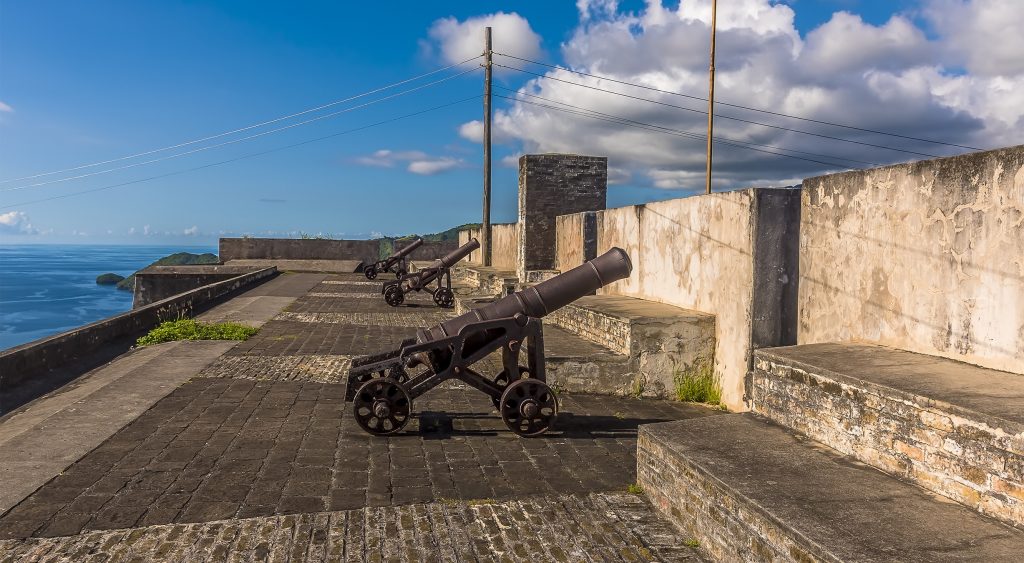
On Berkshire Hill, just west of town and over 600 feet above the bay, is Fort Charlotte. Named after King George III’s wife, the fortification was constructed in 1806. In its heyday, it supported 600 troops and 34 guns. Some of the old barracks now house a museum with the colorful history of the Black Caribs depicted on its walls.
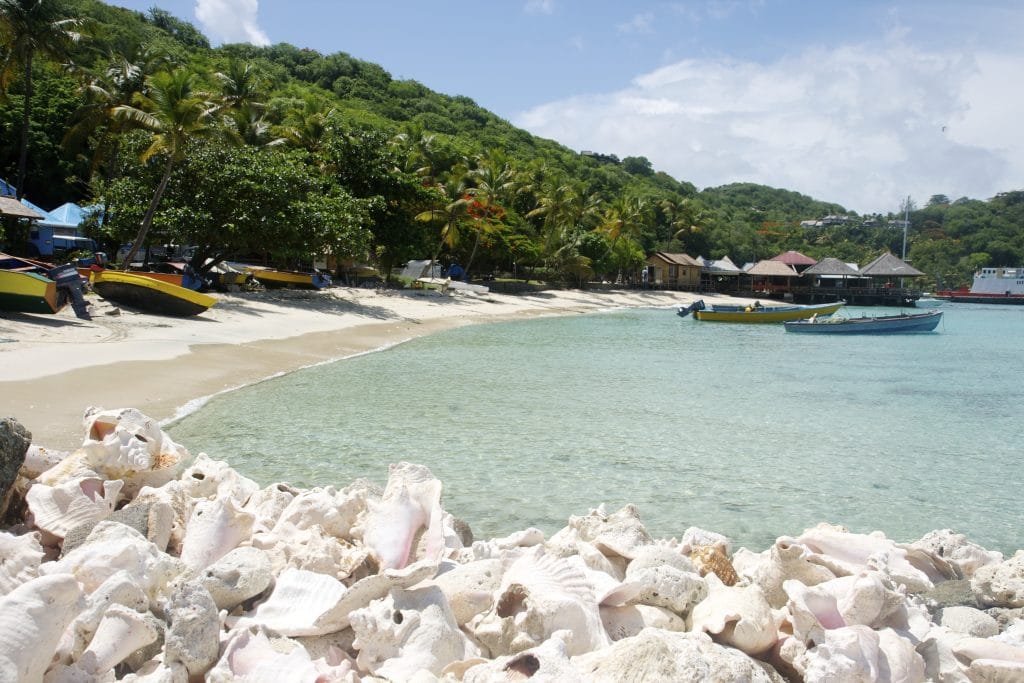
The island of Mustique is owned by the Mustique Company, which in turn is owned by the island’s home owners. The island has approximately 90 private villas, many of which are available for weekly rentals through the Mustique Company.
There are also two privately-owned hotels on the island (The Cotton House and Firefly). Because of its luxury and isolation, Mustique has attracted a number of the rich and famous: Princess Margaret, Mick Jagger, Bill Gates, Shania Twain, Kate Moss, Felix Dennis, James V. Kimsey, David Bowie, Tommy Hilfiger, Robert Worcester, and Jonathan Marks. Those with homes on the island can sometimes be seen at Basil’s Beach Bar, consistently ranked in Travel and Leisure’s Top Caribbean Beach Bars.
The island covers 1,400 acres (5.7 km2 or 2.2 sq. miles) and it has several coral reefs. The land fauna includes tortoises, herons and many other species. The year-round population of about 500 live in the villages of Lovell, Britannia Bay, and Dover.
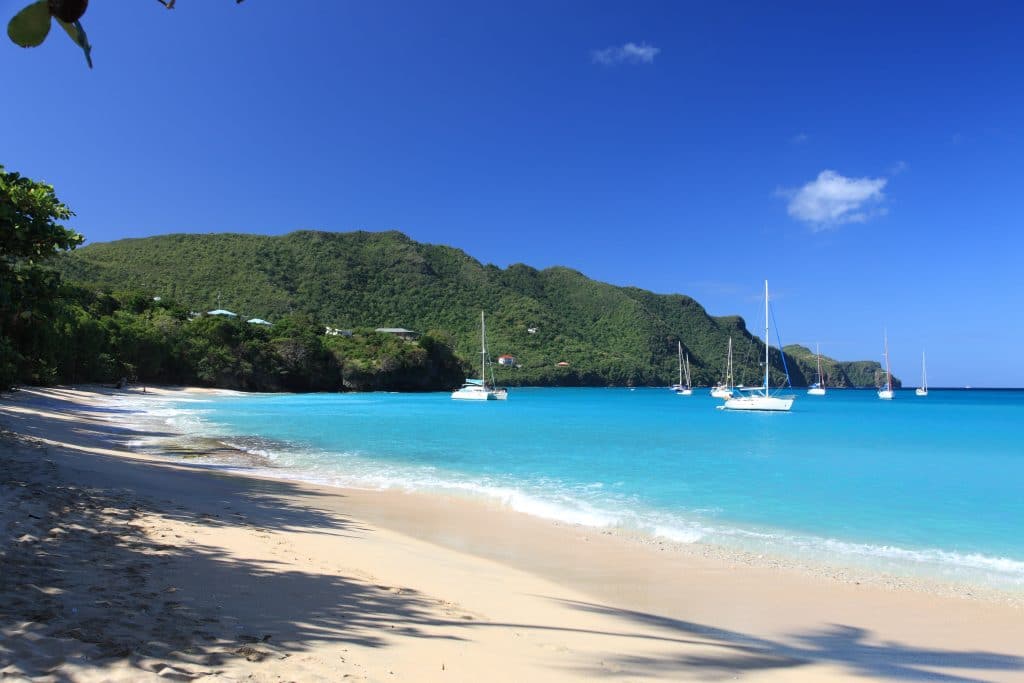
Lying just nine miles to the south of St. Vincent, Bequia is the largest of the Grenadine islands – a compact seven square miles. Her history has been deeply entwined with the sea for generations. The age-old traditions of boat-building, fishing, and whaling are still evident today. The main port of entry is Port Elizabeth in Admiralty Bay – a picturesque bay if ever there was one and a popular anchorage with yachtsmen from all over the globe. It is considered one of the best harbors in the Caribbean because of its deep “U” shape, calm, clear water and ample depth.
SGA of Georgia
us.ga.sga@tmsu.edu.vc
223 N Houston Rd
Warner Robins, GA 30075
478-236-2311
Chief Justice
chief.justice.ga@tmsu.edu.vc